Recently, hedges made from berry bushes have become increasingly popular in landscape design. They are practical and picturesque. All that remains is to choose which berry plant to grow the wall from. After all, each of them has its own pros and cons.
Hedges made from berry bushes are divided into prickly and thornless. It is, of course, more pleasant to pick berries from plants that do not have thorns: chokeberry, honeysuckle and serviceberry. But if you want to prevent uninvited guests from entering your area, plant hawthorn, rose hips, barberry and sea buckthorn.
Chokeberry hedge
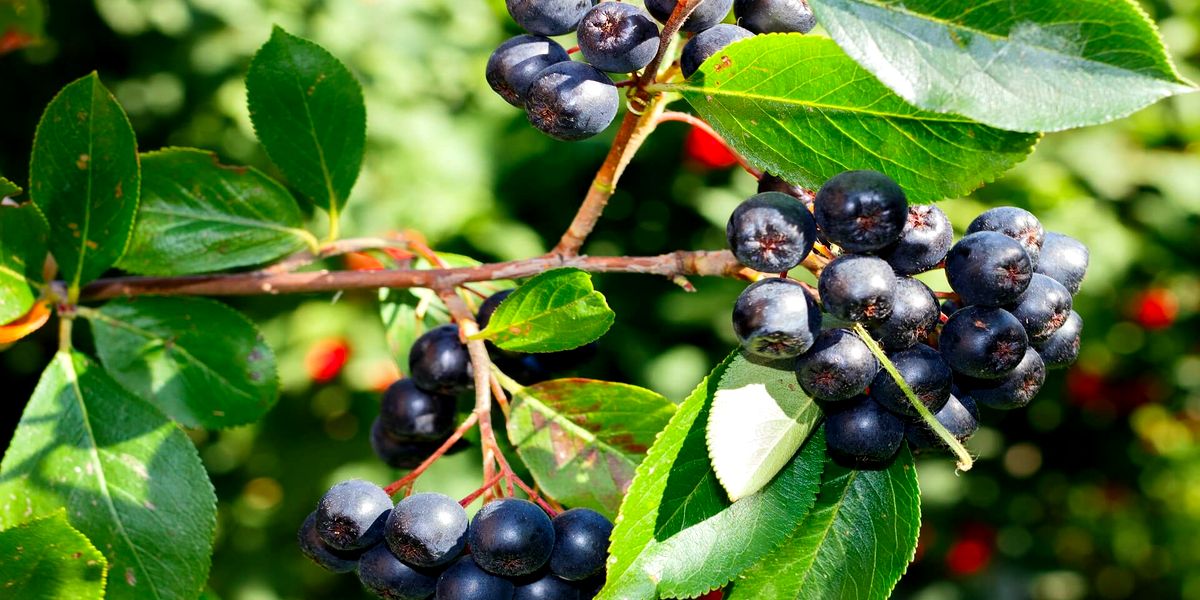
Chokeberry, as chokeberry is also called, is ideal for hedges. It is undemanding to the soil, is not afraid of frost and drought, and produces many shoots that quickly fill the space. And there’s no need to talk about the benefits of berries at all. In addition, it has been noticed that this shrub makes the air in the area fresh and fragrant.
There are, of course, some downsides. Chokeberry needs constant care: regular watering, fertilizing and pruning 2-3 times per season. In the first year of planting, it is necessary to trim the tops of the bushes monthly so that the chokeberry does not grow upward, but develops side shoots.
In order to get a uniform hedge from chokeberry, you need to plant annual bushes.
Edible honeysuckle hedge
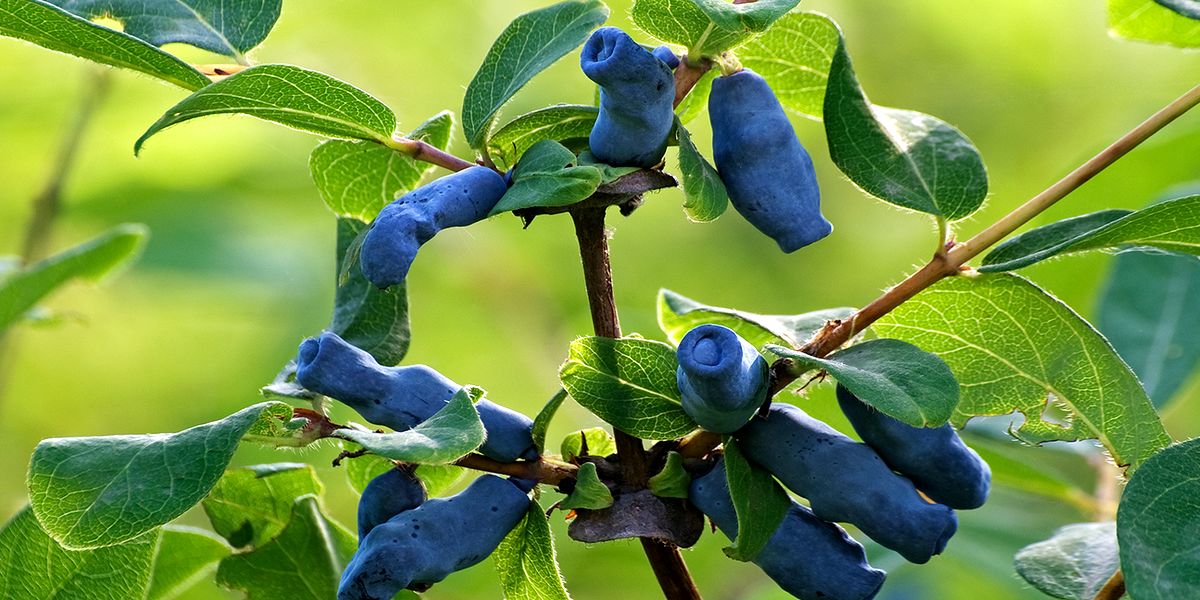
Honeysuckle has high decorative qualities, which can grow up to 2.5 m in height. It is not afraid of frost, forms dense bushes, blooms first, and its fruits are rich in macro- and microelements that have a beneficial effect on human health.
But creating a honeysuckle hedge requires a lot of patience and work. This is not a matter of one year. It needs regular care, which includes pruning and trimming bushes, periodic feeding and abundant watering. In winter, it is necessary to cover the roots of the plant with straw or sawdust to protect them from freezing.
A hedge of serviceberry
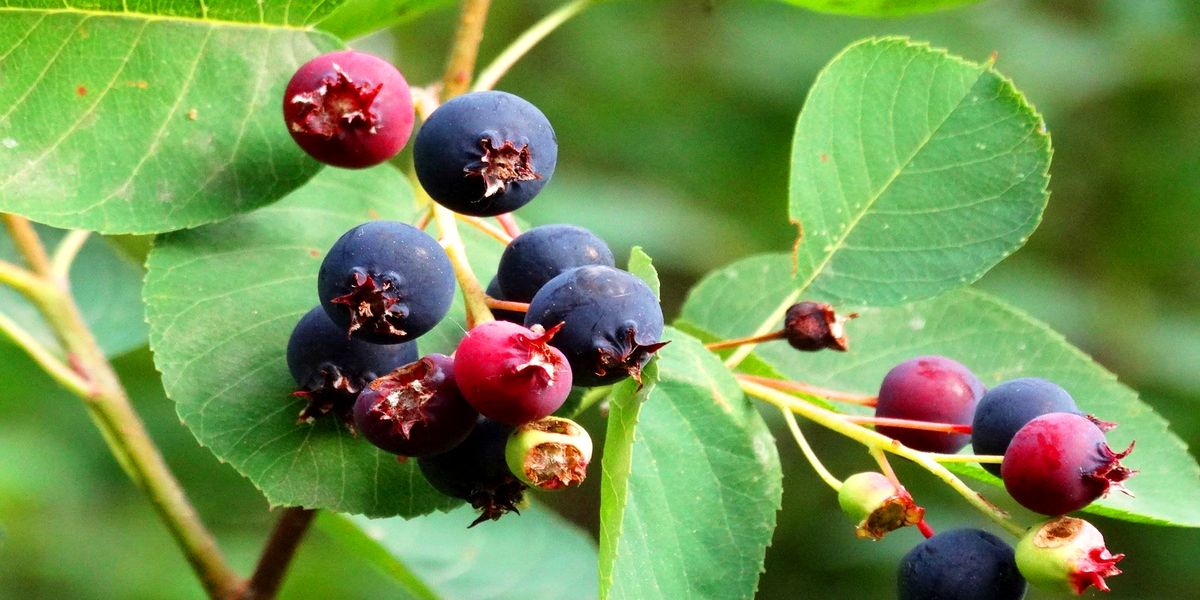
Irga can form quite dense thickets. The plant can withstand frosts down to –50°C and prolonged drought, and is resistant to diseases and pests. The beneficial properties of berries are countless. They are rich in vitamins B, P, C, microelements, carotene, flavonoids and pectins. They help cleanse blood vessels, relieve angina pectoris, arrhythmia, varicose veins and even diabetes. A decoction of serviceberry bark helps heal ulcers.
Due to the unpretentiousness of serviceberry, a hedge made from it does not require special agrotechnical care techniques, except for regular watering and weed removal. But of course, you should not forget about fertilizing after fruiting - humus, mullein infusion or bird droppings.
When young bushes just begin to bear fruit, they need garter, because... bend under the weight of the berries. Over time, the branches become strong and hold their sweet harvest without outside help.
As for pruning, the bush requires it regularly. In the first years after planting, only the strongest shoots are left, the rest are removed. Old trunks 5-7 years old, which become too thick and clumsy, are cut down, allowing young shoots to grow and bear fruit. To make the hedge look aesthetically pleasing, the bushes are trimmed twice a year: in late spring and early autumn.
Sea buckthorn hedge
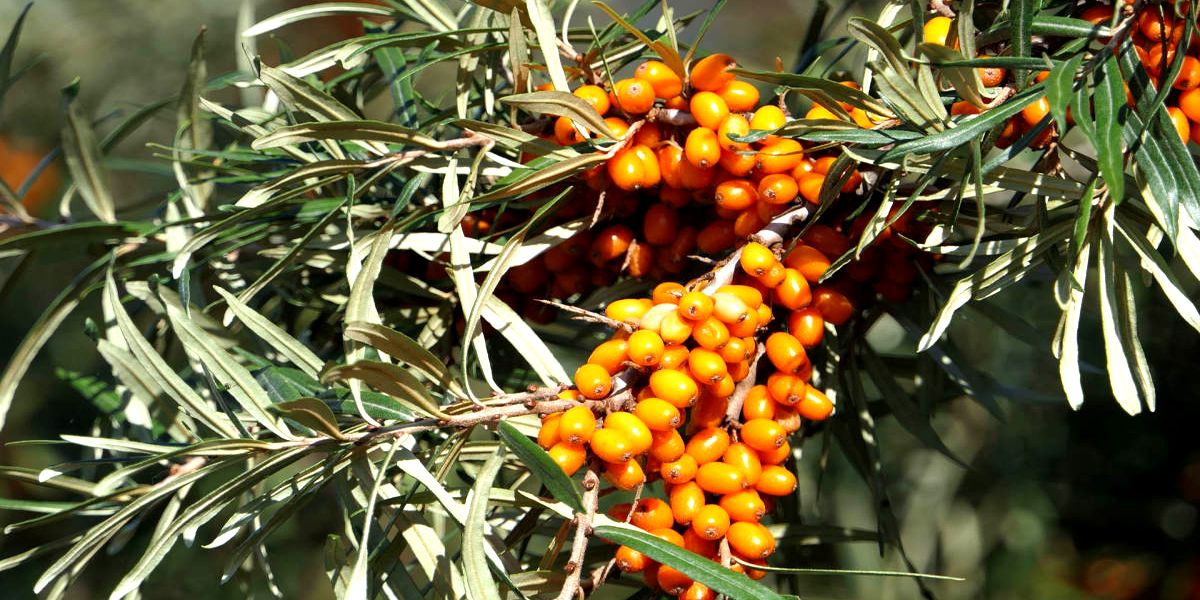
From thorny berry bushes, such as rose hips, sea buckthorn, hawthorn and barberry, you can grow a hedge with a height of 1.5 m, which will reliably protect the area from unwanted penetration of animals and people.
Sea buckthorn, like shadberry, has many beneficial properties. It improves vision, heals wounds and ulcers, relieves inflammation, helps in the treatment of the gastrointestinal tract, etc.
Sea buckthorn grows quickly, is unpretentious to conditions, and bears fruit 3 years after planting. However, many gardeners do not risk doing it. The thing is that growing sea buckthorn has its own subtleties.
Sea buckthorn is a bisexual plant, so for good harvests, male and female individuals must be planted side by side. You can distinguish them in the spring by their buds: the male ones are larger. Varietal sea buckthorn bears fruit well, not wild one.
Although sea buckthorn is rarely infected with pests and diseases, it does have them. Thus, it is pestered by green aphids, sea buckthorn mites and roseate leaf rollers. The berry plant becomes infected with diseases such as mycosis, scab, fusarium and endomycosis. To avoid these misfortunes, treatment with special preparations should be carried out.
Sea buckthorn requires annual pruning. And it only requires the addition of organic matter and ash in the first few years after planting.
Barberry hedge
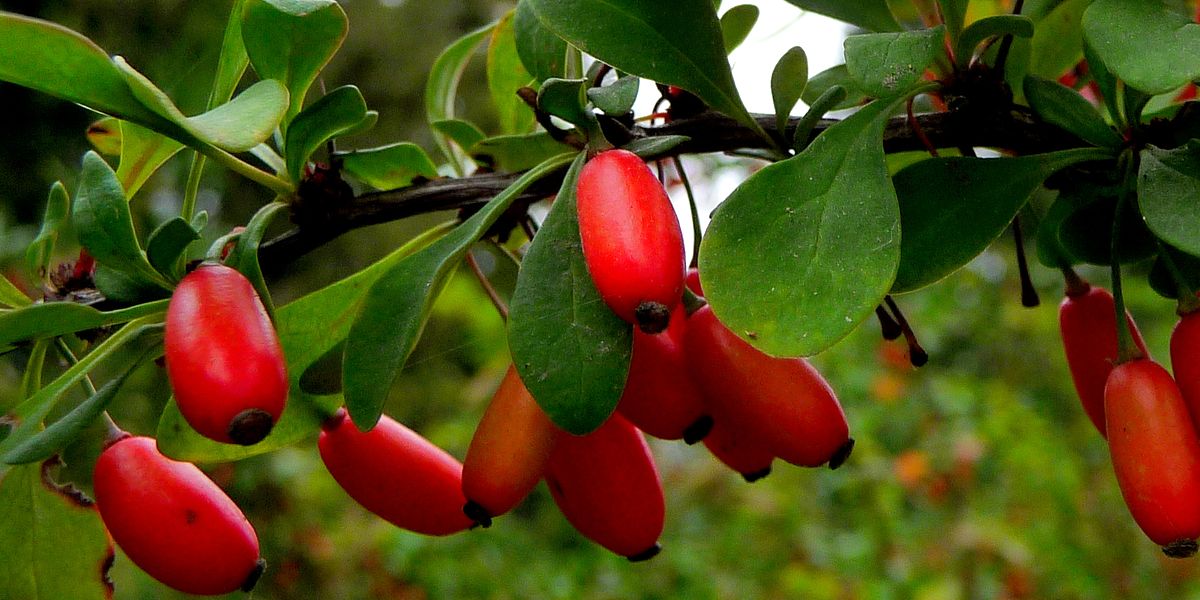
Barberry is popular as a hedge. The plant has a dense crown and sharp thorns. The fence made from it is impenetrable and completely blocks the view. There are many varieties of this shrub, which differ in different leaf colors and can decorate any area. Barberry is picky about the soil: the soil must have good drainage. The berry plant needs systematic watering, but does not tolerate waterlogging and stagnation of water. With thickened plantings, once a year it needs to be fertilized with complex or nitrogen fertilizers.
The berries are collected after the first frost and used in cooking.
Barberry is also susceptible to diseases and pests. Infected by rust and powdery mildew. It is attacked by aphids and flower moths. Therefore, you should regularly inspect its leaves and process it in a timely manner.
Hawthorn hedge
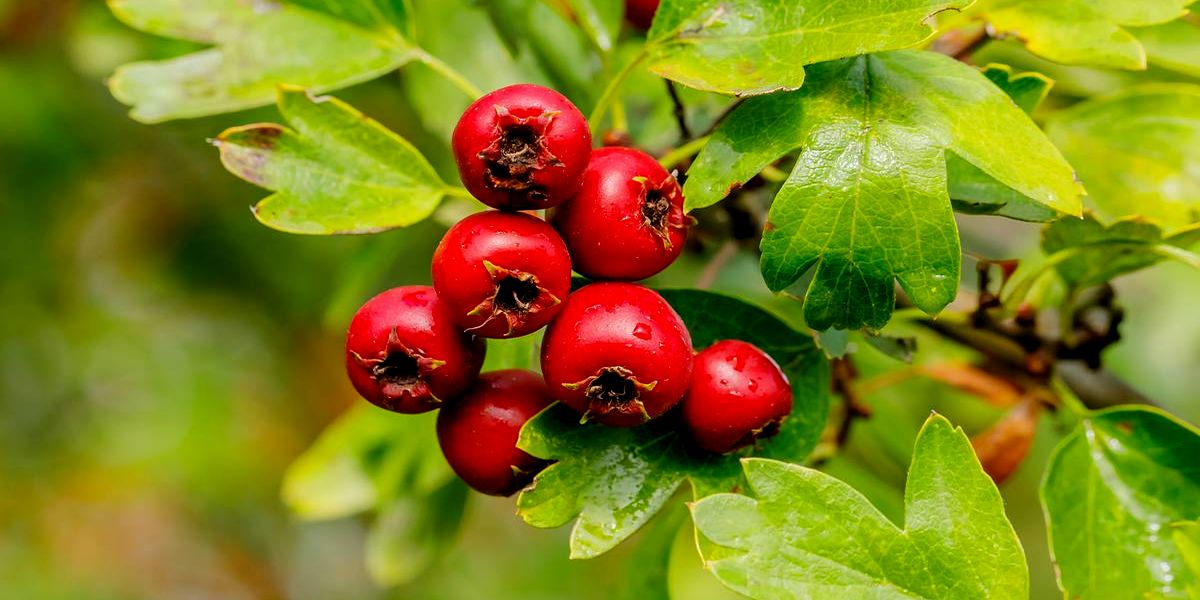
A good hedge would be a hawthorn wall. It is easy to care for and can grow in poor and heavy soils. The plant is not afraid of frost and looks good, especially in autumn, when its carved leaves turn different colors: from yellow to burgundy. But its fruits are more of a decoration than a delicacy. They are eaten only in processed form.
Hawthorn must be trimmed regularly so that it does not unnecessarily darken the area, because grows up to 4 m in height. It itself is sensitive to a lack of light, which must be taken into account when planting it. Also, damaged hawthorn branches must be constantly removed.
Once a year, before flowering, the berry garden is fed with an infusion of mullein or bird droppings. Watering is abundant - 1.5-2 buckets per plant, but rare: once a month is enough.
Rosehip hedge

Rosehip also has a lot of advantages, which is also often used as a hedge. Its fruits improve immunity and help fight infections and colds. According to legend, it was the rose hips that decorated Aphrodite’s garden, and its berries supported her beauty. So why shouldn't he settle on your property?
But a number of requirements must be met in order to limit the growth of its root system, which will then produce new growth. Along the perimeter of the plant you need to dig slate or other hard material to a depth of 30 cm.
Although rosehip is unpretentious, its young bushes should be watered several times a week, and old ones - with an eye on the weather to prevent drying out. Bushes are formed in early spring, removing everything that thickens the crown.
Shortening the branches stimulates the development of young shoots. They will not bloom, but there will be more thorns.
This is not the entire list of berry bushes that can be used as a hedge. Gooseberries, currants, cotoneaster and others may also be suitable for these purposes.
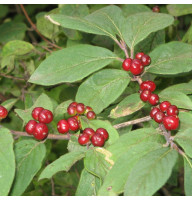
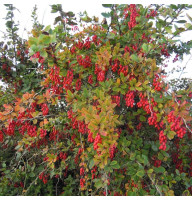
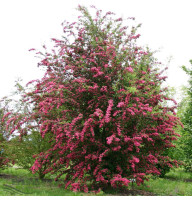
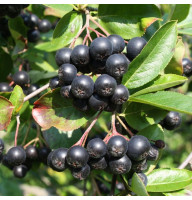
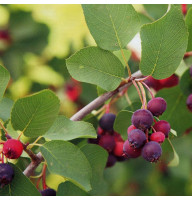




Write a comment